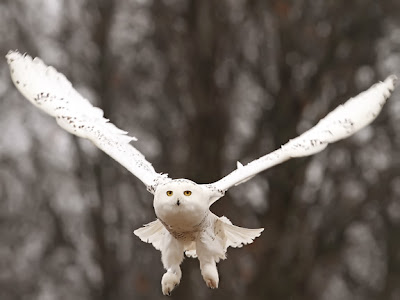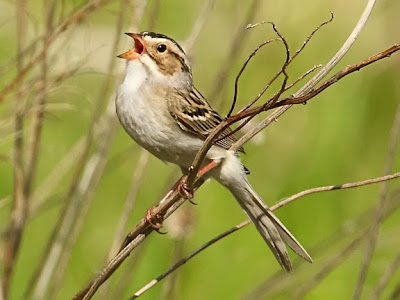The three-toed woodpecker are found in the boreal forests of North America, Europe and Asia. At one time they were considered one species but in 2003 the species was split into the American three-toed and Eurasian three-toad. The three-toed woodpecker breeds farther north then any other species of woodpecker. The American version is found through out Canada, Alaska, and the Rocky Mountains. Typically they stay on their territory year round foraging for the larva of bark and wood boring beetles. Unlike most other species of woodpeckers they find their prey by pealing the bark off of trees instead of boring holes into them.
The three-toed woodpecker gets its name because it is one of the only woodpecker species that has three toes on each foot instead of four. Other then the two varieties of three-toed only the black-backed woodpecker has three toes. The black-backed are also found in boreal forests, although they do not breed quite as far north. The black-backed is very similar in appearance to three-toed except as its name would suggest it has a black back where the three-toed woodpecker's back is mottled black and white. The top photo in the post is a three-toed where the second is a black back. As you can see they look very similar. These are both males which you can tell by the yellow crown on the top of their heads. The female three-toed woodpecker has a mottled black and white crown where the top of the female black-back's head is all black.





































